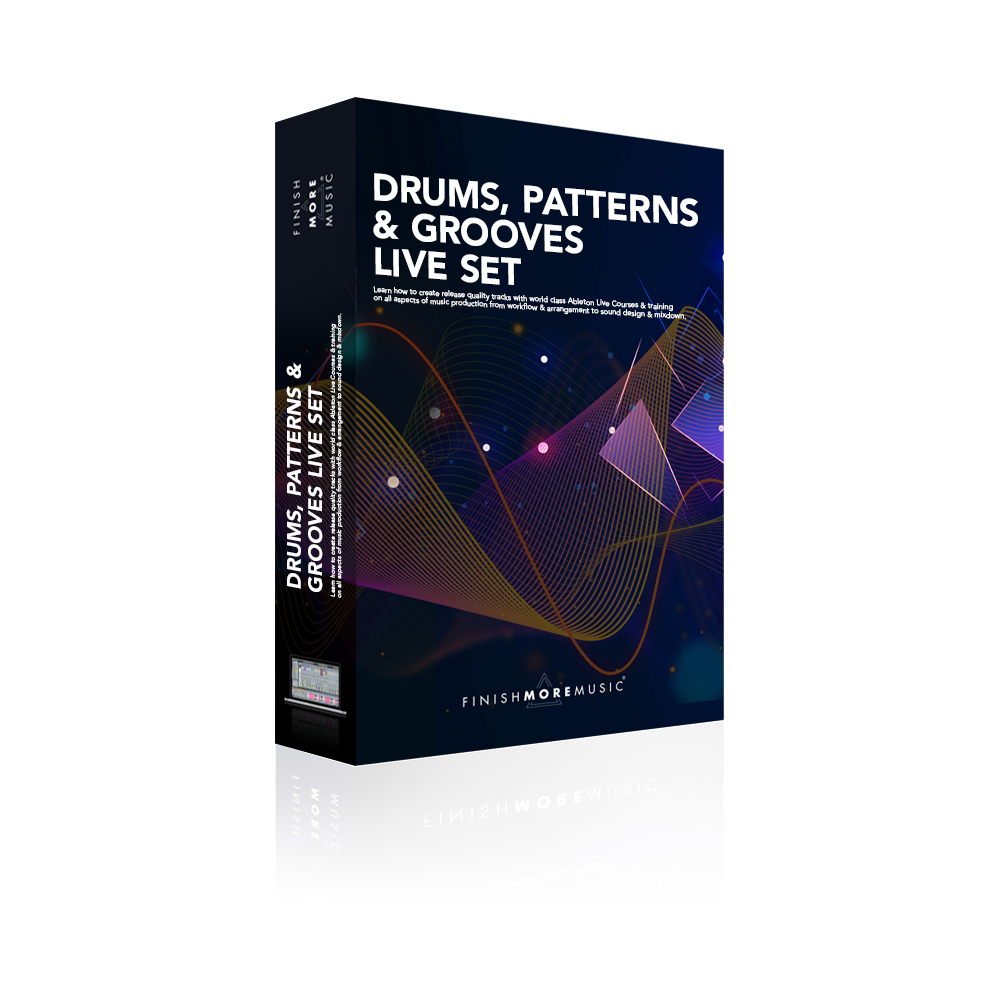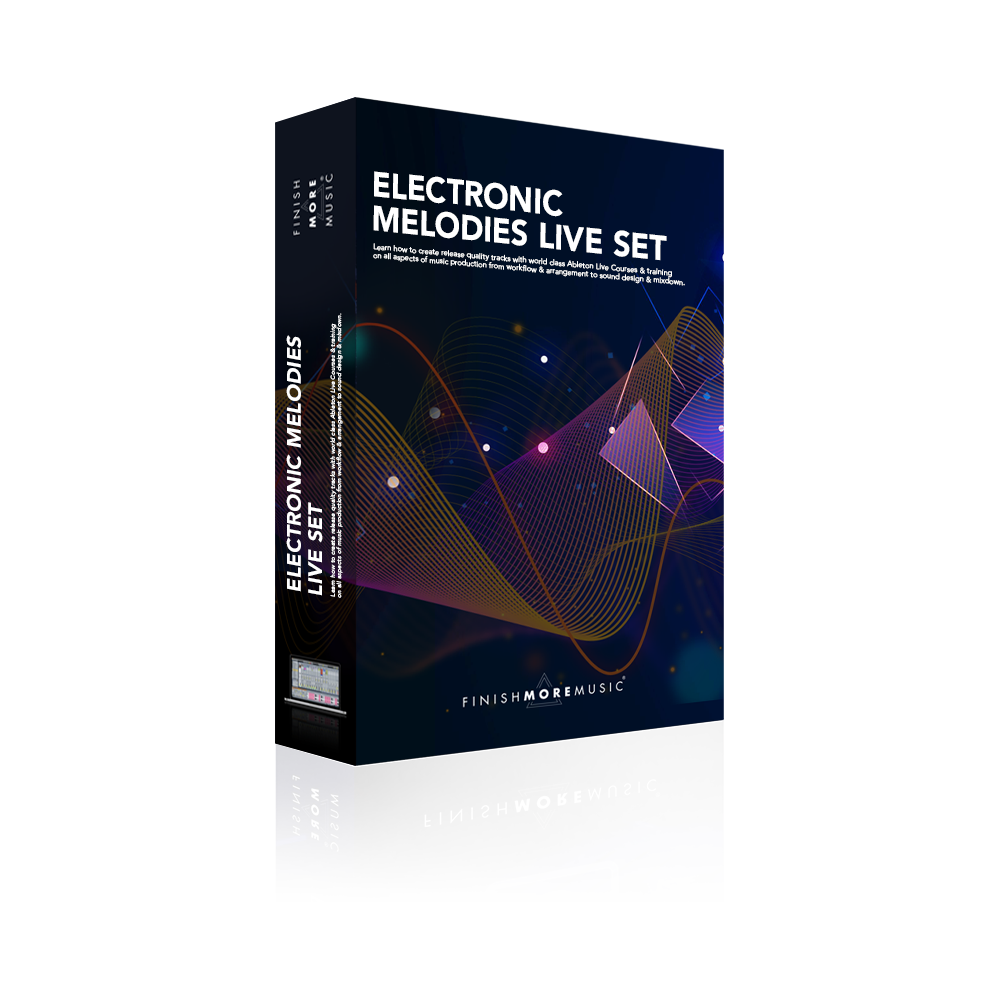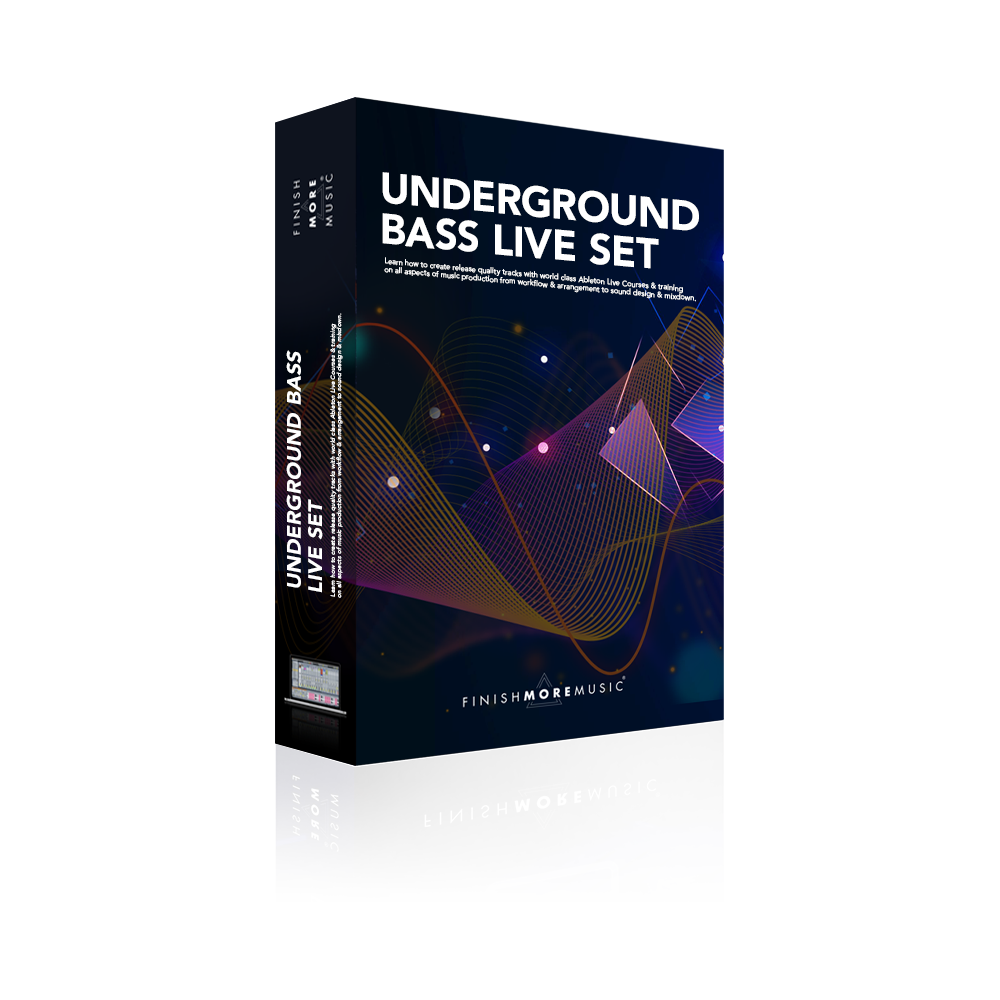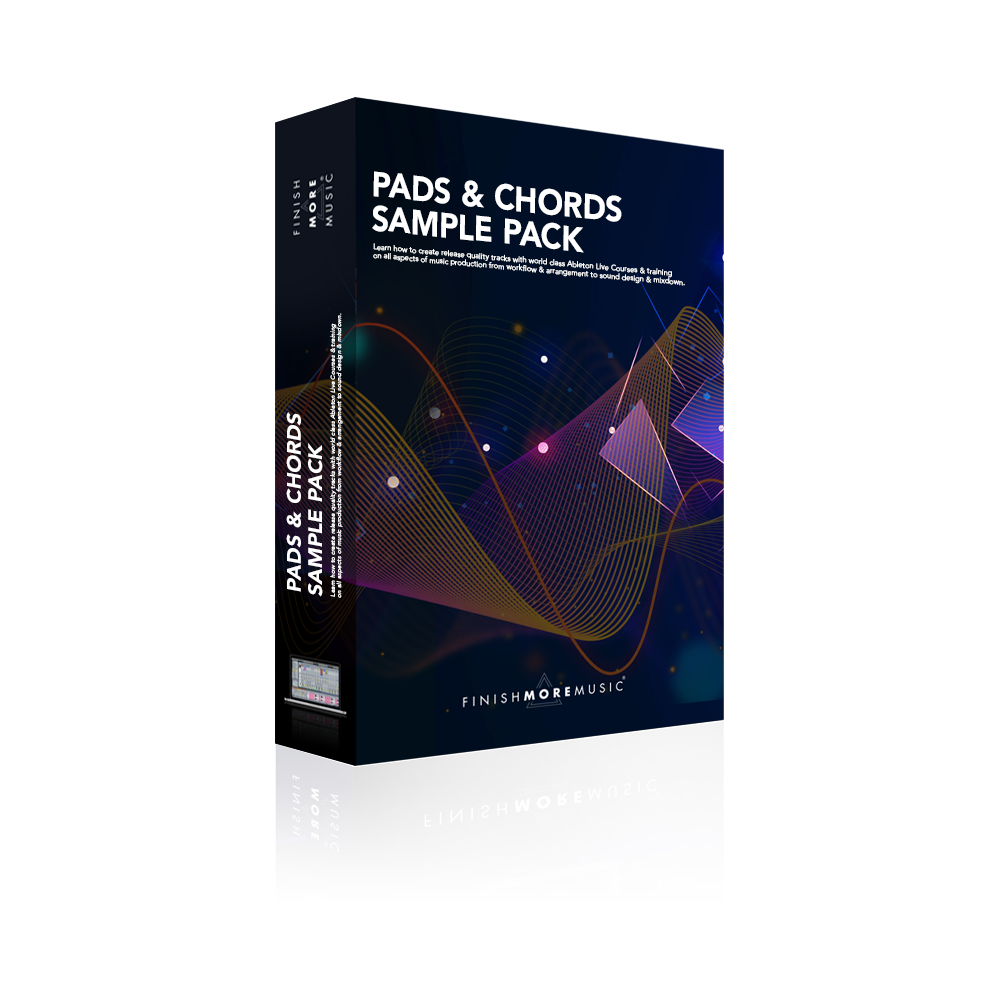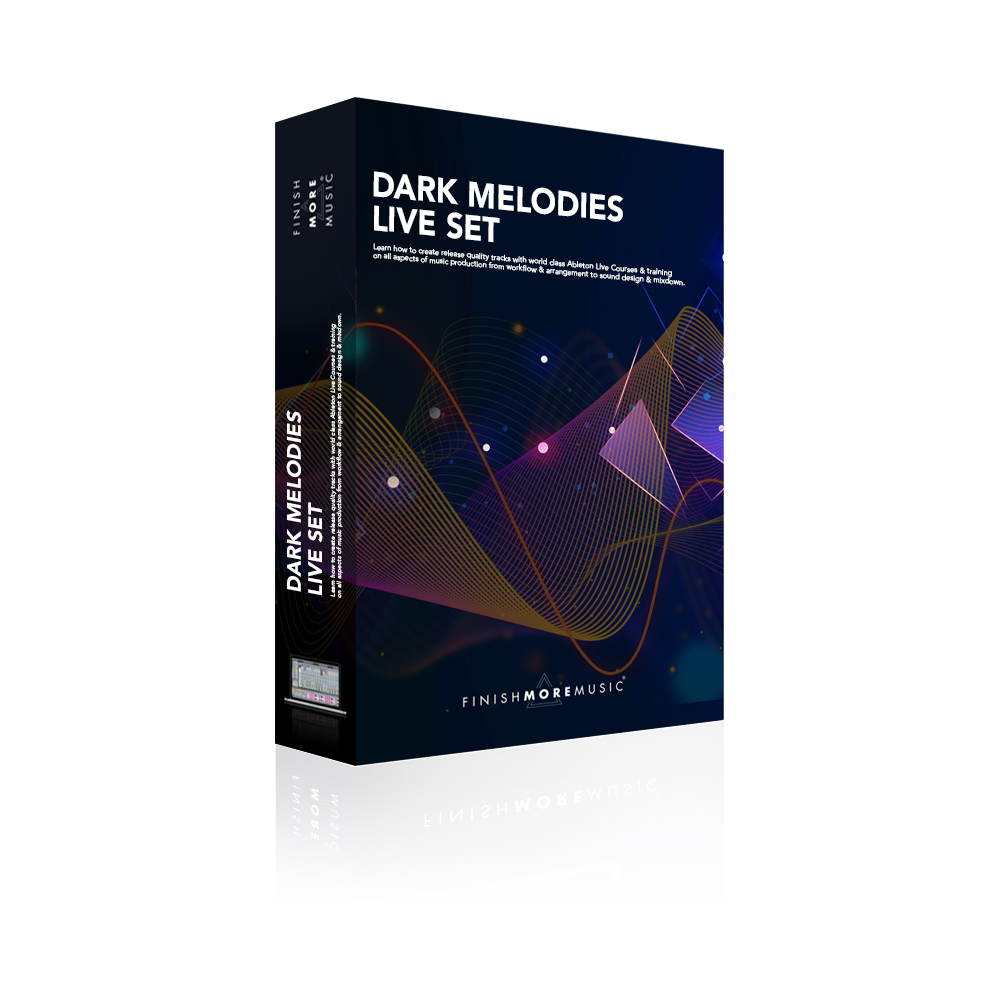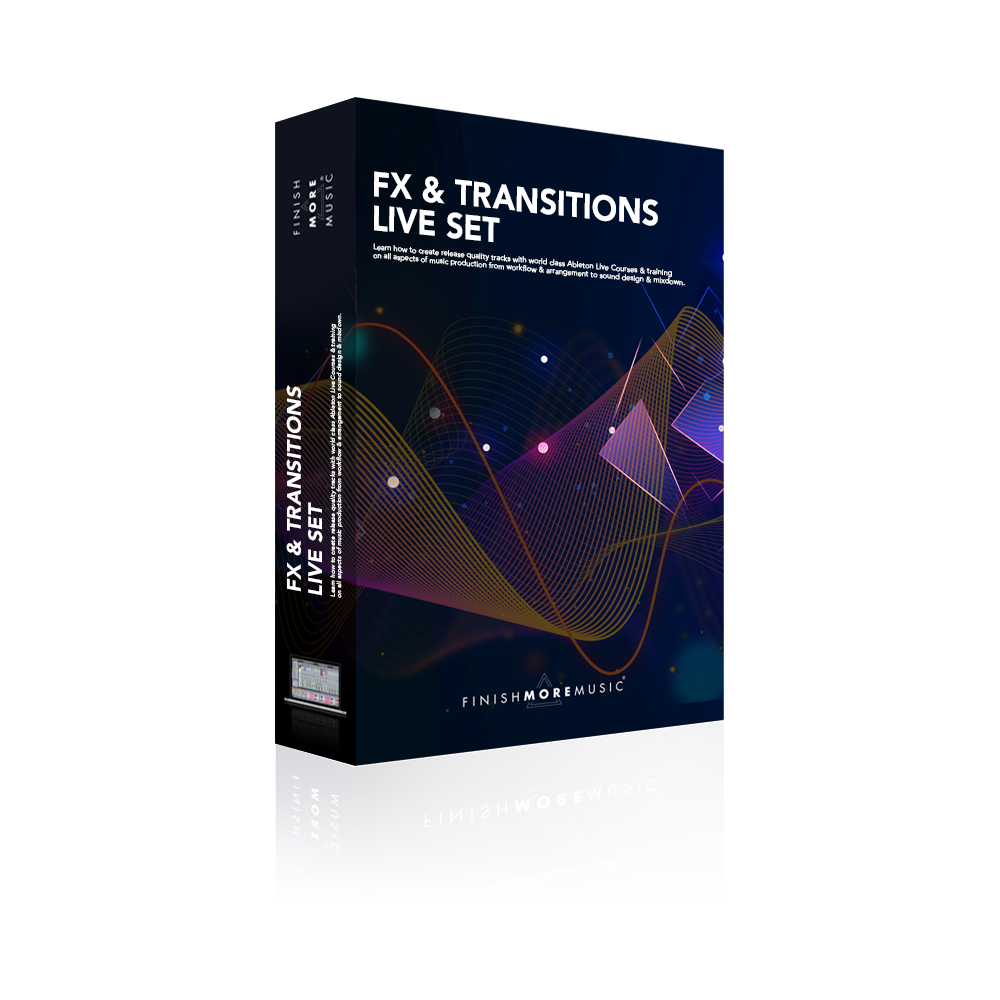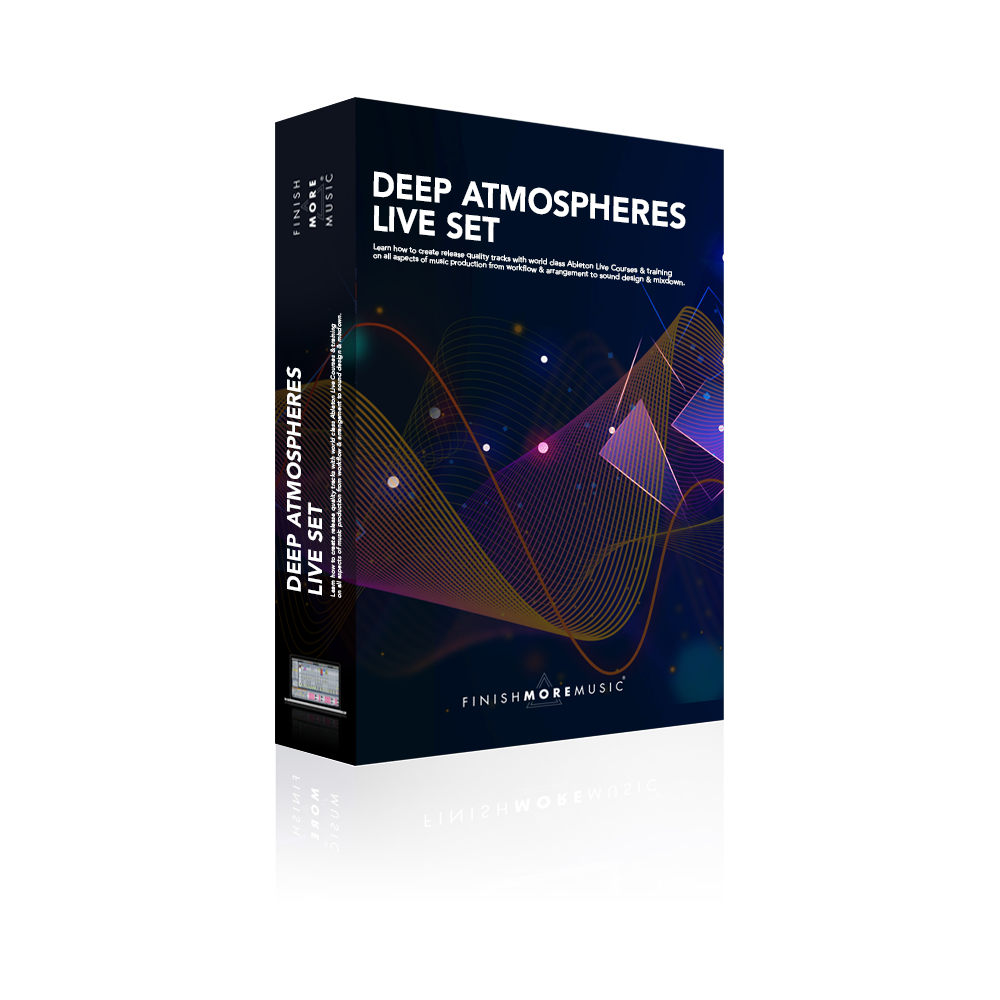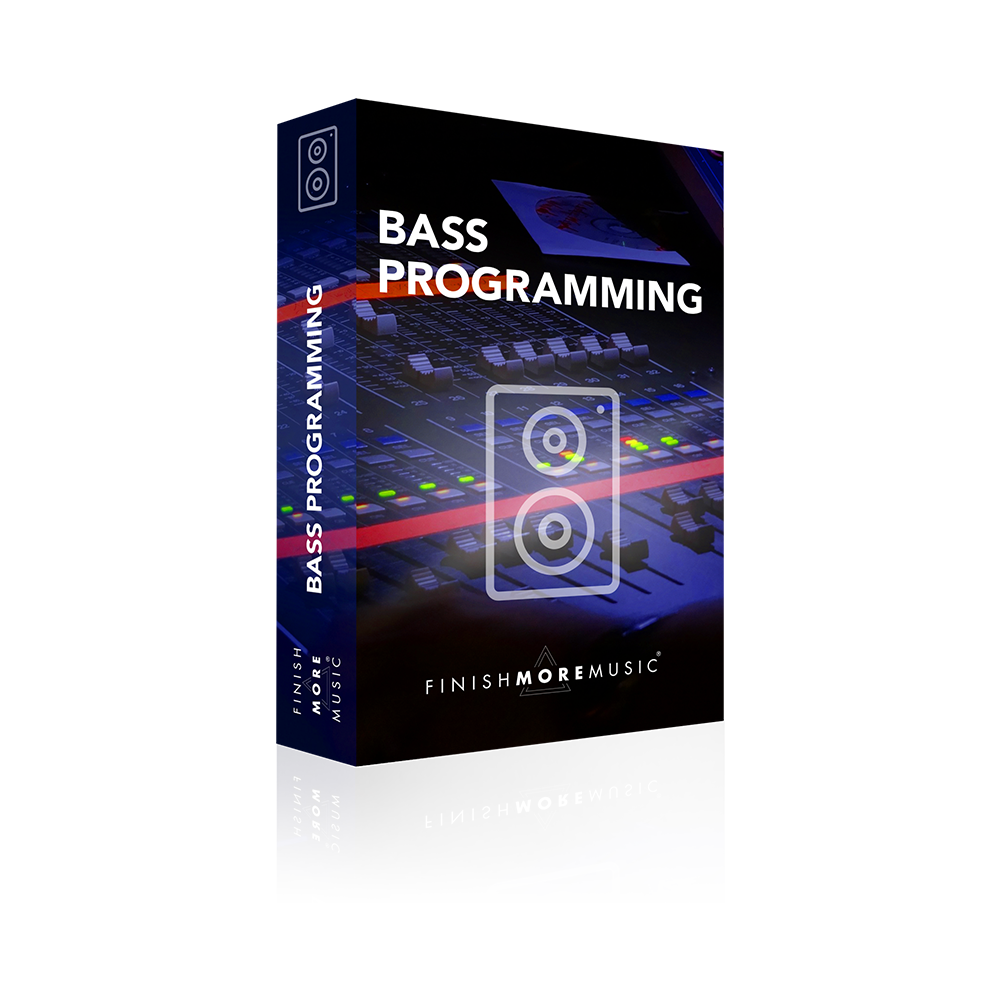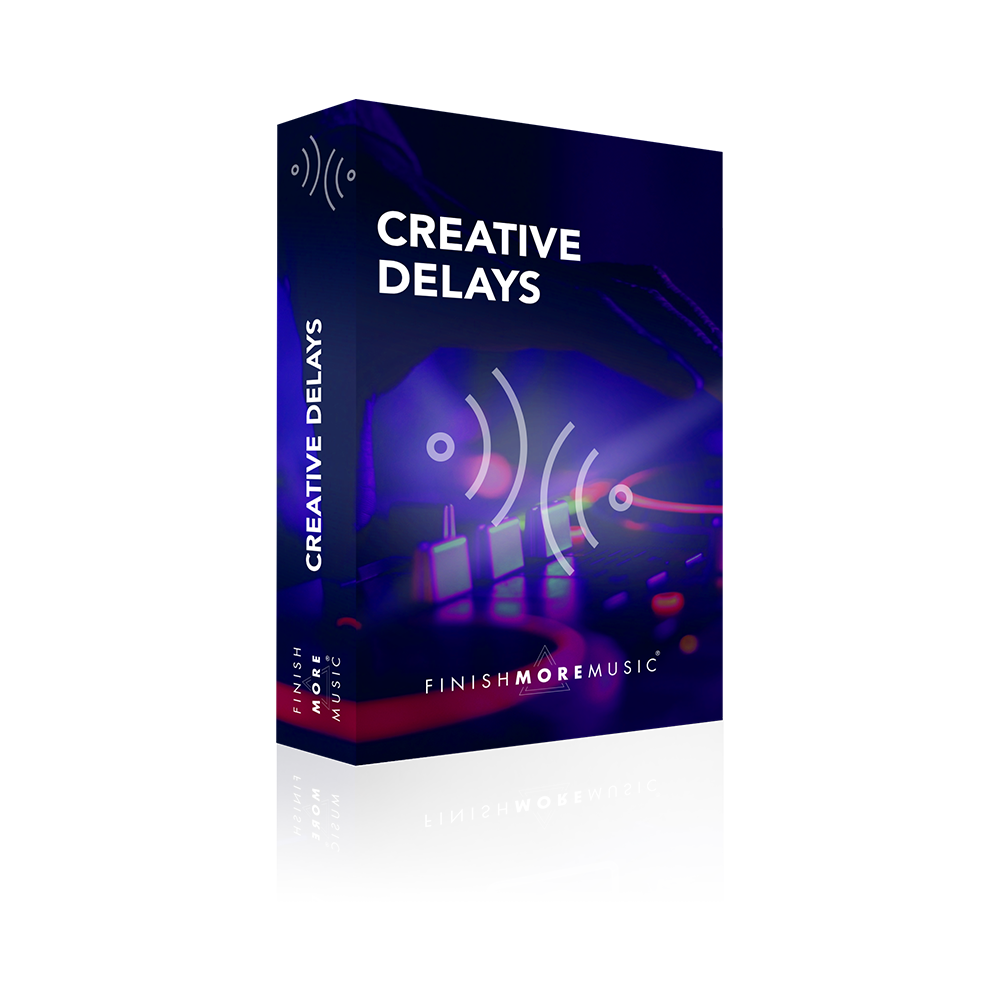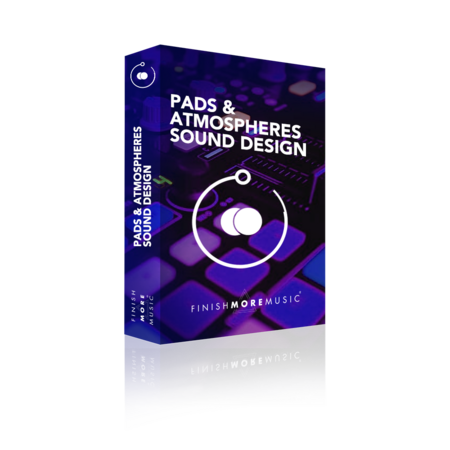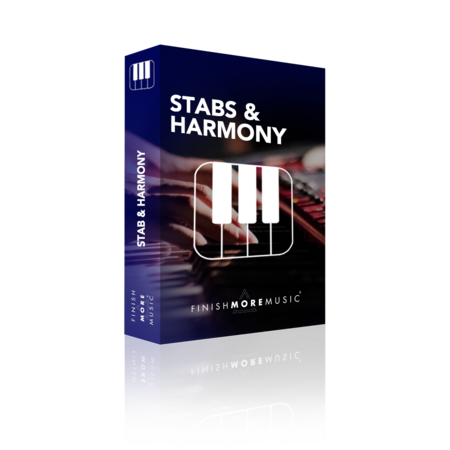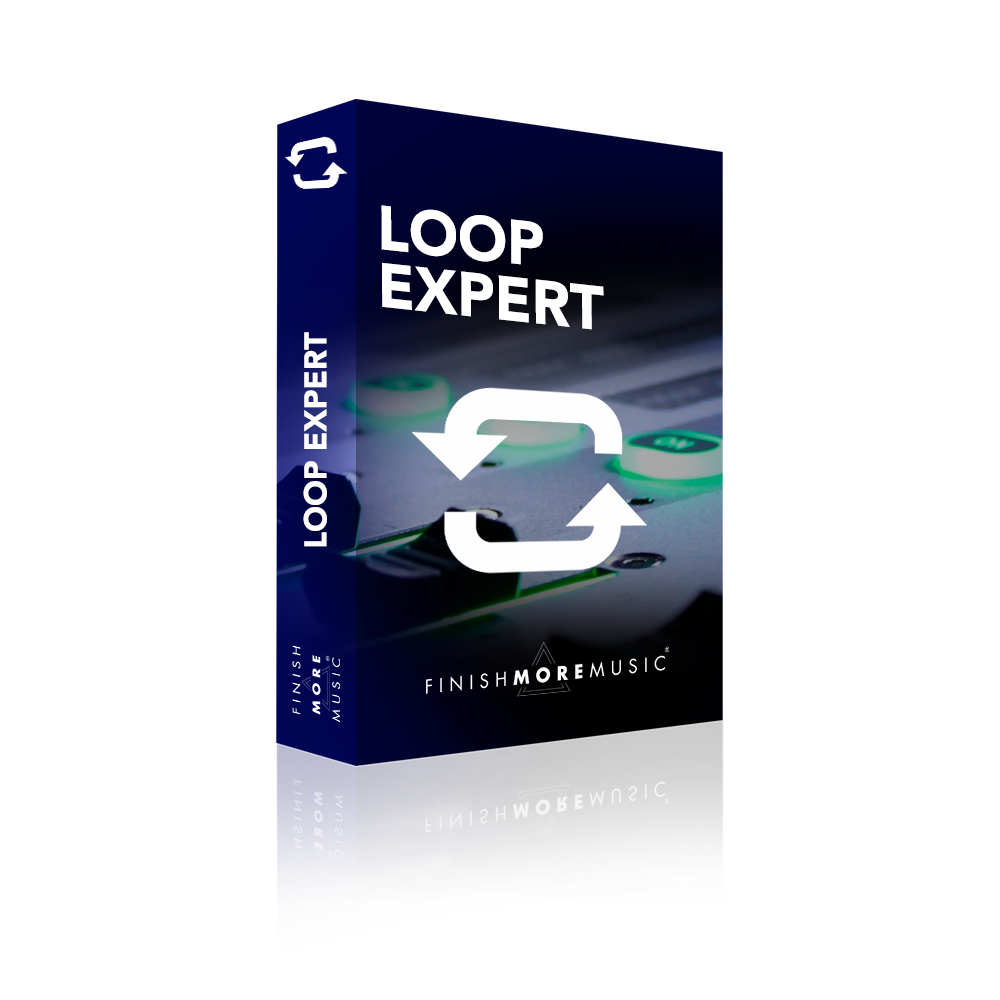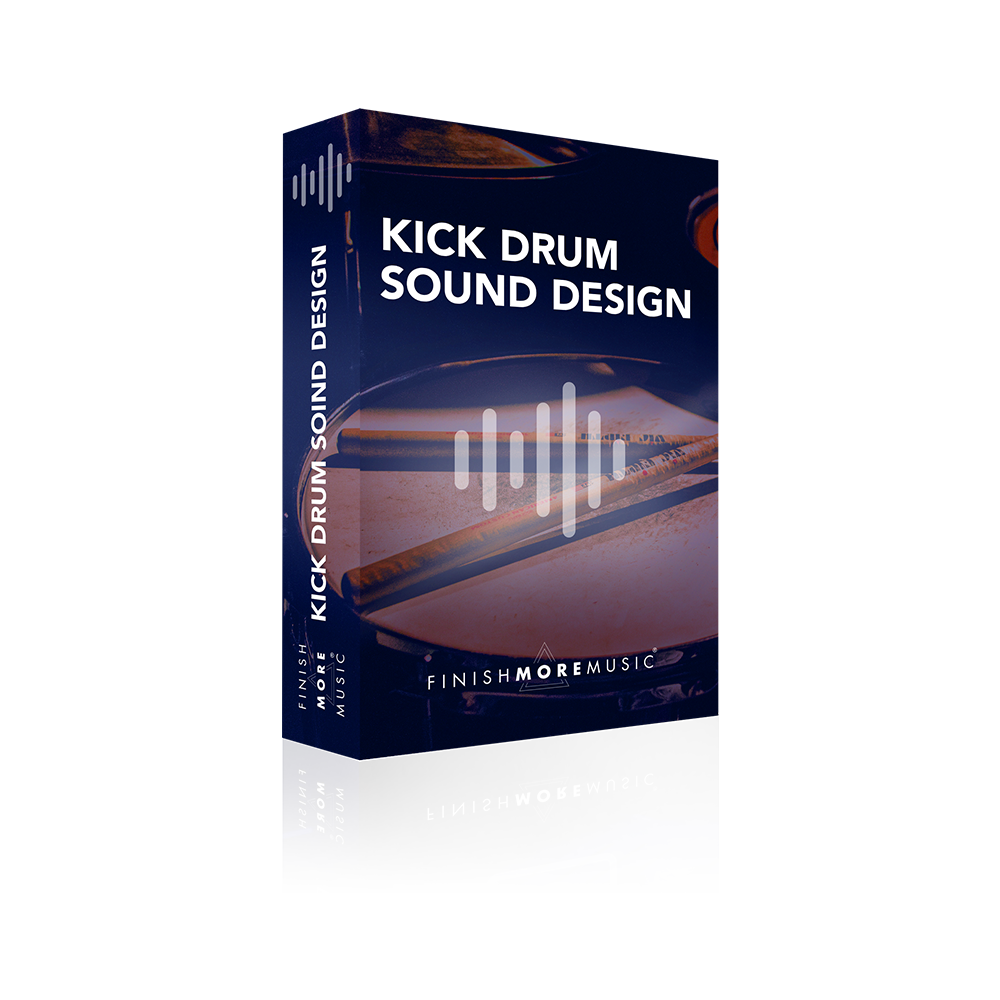I’m sure have had this feeling before. You finish your track and as you listen back to it, your head starts filling with ideas about how you can improve the final arrangement. You open up your project, but the task to re-arrange everything seems arduous, complicated and messy. Well I have a great solution for you! In this tutorial I show how you can take your finished track and create a bunch of new experimental arrangements without destroying your original work. I love this technique because typically it’s hard to re-arrange a track into a bunch of different ideas because of all the moving parts, lots of clips, lane after lane of automation and so on. Plus if you know it’s this easy to experiment, then it takes the pressure off having to make your arrangement perfect first time round and you are able to create more freely.
Transcript
Okay so if you have a hard time arranging your tracks, I think you’re gonna love this tip. This is a really cool one because it takes the pressure off of getting it right first time because it doesn’t matter if something goes wrong you can always try new things easily. So this one all came about after a discussion I have with Paul, a member of my team here at FMM, and I was explaining to him that a member of the Finish More Music community had uploaded an audio bounce of their track like this to me because they were massively struggling with the energy flow in their arrangement, they just couldn’t get it right. So I came along, I chopped up the audio rearranged it so it worked and sent it back to them boom job done they were over the moon so they were able to get on and finish the tune. So I told this to Paul and he said well you’re gonna love this thing because I’ve taken it a step further and I wanted to share with you Paul’s technique in this video.
So step one, it’s very simple, you’re gonna create an audio bounce of your arrangement. So you’ve finished your arrangement, there’s something about it you’re not happy with and you feel that you can do better. Create an audio bounce and then your second step is to slice that up. So you’re not doing anything other than slicing it up into distinctive parts and you’ve got to color code it as well. So we’ve got things like the breakdown here, we’ve got the early build low cut to the baseline, the outro and so on. And this is up to you it’s where you think there are significant changes things that are distinctive and then now it’s mega easy to rearrange this and try new ideas. So for example, when I come in and duplicate this and you do want to duplicate it leave that original sliced version alone, I may have listened to this and thought you know what it takes a while to get going and when the track drops it kind of goes on a bit you know, it loses a bit of interest. So I’m gonna come in and listen and think okay this piece is surplus to requirements and then it’s mega easy to join the bits together. And of course you’re gonna be having a listen to this as you go. I’m just making sure that things actually do join together.
So that was pretty smooth it might need a little tweak if I wanted to actually do this with all the clips and the automation but it sounds pretty smooth. And then I come out the other side and I’m like this bit here takes quite a long time to get going as well. Let’s take that out. And I’ll just budge these parts up. Now again I want to get in here and just check is this smooth enough, we don’t want anything that’s crazily disjointed.
Perfect. Sounds great. Now at this point we can say okay that’s a new version that song for us to listen to and maybe we think well actually there’s some other stuff I could do to this. And it’s as simple as duplicating again either the original or a new version and saying what are we gonna do here. So for example, I might think, well it’s a bit short now, actually I want to try something new with this one. What I’m gonna do is have two breakdowns. So I have one at the end I’m really happy with the outro then I’m gonna have something going on right here. I know already that this join works because it’s happening elsewhere. And then what I’ll do is I’ll bring this bit back in with this bit and already I know that most of this works because I can see in the other versions. The only bit that I haven’t tested is does the breakdown come into this section well.
Wrong one sorry here we go again. Absolutely flows like a charm and you can go through and create a bunch of different ideas you can see how quick it is, if you think something’s amiss you can swap things around and then the idea here is you’re going to bounce all of these versions out and then get out of the studio. Listen in your car, listen in the gym, wherever it might be away from your monitor. So you’ve got a really objective mind set and then you can pick which one works the best. And it’s as simple as coming back into the studio everything is color-coded so you know which parts of your arrangement to move around. You arrange the clips, the automation. If there are any slightly disjointed transitions, you can deal with those and it’s an absolute piece of cake.
So I love this technique because typically is really hard to rearrange a track into a bunch of different ideas because you’ve got all of these moving parts there are lots of clips, there’s laying off the line of automation and so on. Now once you know that you can do this and it’s so easy to experiment, it takes the pressure off having to get the first arrangement perfect. You can create more freely, it’s easy to experiment and be a scientist with this stuff you know.
So there it is. I hope you found this useful. I think it’s a super powerful technique. We got a bunch of other cool creative ideas for you as well in our brand-new free ebook it’s called Creative Strategies for Finishing More Music. Totally free over at finishmoremusic.com/ebook. There’s a bunch of top top producers in there sharing their creative hacks and their strategies. So you don’t want to miss that one. So until next week! Take care and happy music making.
Thank you for watching
I really appreciate you tuning in and I hope you’re enjoying the tutorials and taking some real value into your music sessions.
If this video resonated with you and you feel it will have a positive impact on the people you know, please share it by using the social media buttons you see at the bottom of this page.
To make sure you are always the first to know when a new video lands: Subscribe to the FMM Youtube channel here.
Let me know how you get on with the techniques I showed in the videos and if you have any suggestions for future tutorials, ping me a message on Instagram (@IamKeithMills)

